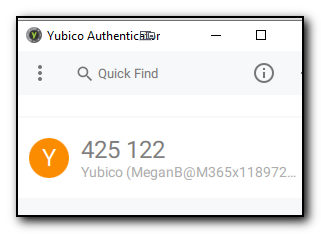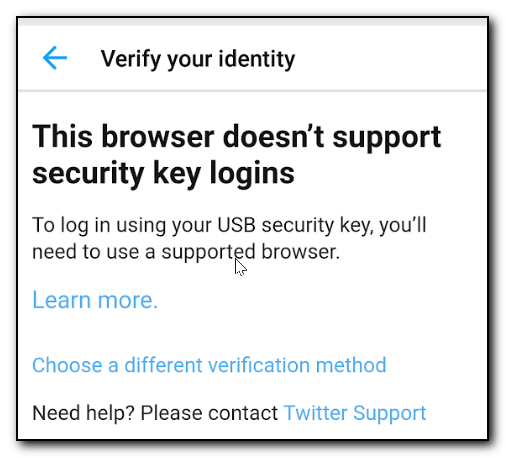We were recently came across an issue with configuring the NPS (Network Policy Server) to use Azure AD’s 2FA authorization to validate VPN access to one of our clients. The initial configuration was fairly straightforward with the instructions at https://docs.microsoft.com/en-us/azure/active-directory/authentication/howto-mfa-nps-extension but after connecting to the VPN server, we were not getting the push notification to our phone for the final verification steps.
Going through the Network Policy Server logs in event viewer we saw an error message as follows ” NPS Extension for Azure MFA: CID: 341b704d-03f1-4ba6-ae92-eb19ae2f2bf3 :Exception in Authentication Ext for User myusername :: ErrorCode:: CID :341b704d-03f1-4ba6-ae92-eb19ae2f2bf3 ESTS_TOKEN_ERROR Msg:: Verify the client certificate is properly enrolled in Azure against your tenant and the server can access URL in Registry STS_URL. Error authenticating to eSTS: ErrorCode:: ESTS_TOKEN_ERROR Msg:: Error in retreiving token details from request handle: -895352831 AADSTS7000112: Application ‘981f26a1-7f43-403b-a875-f8b09b8cd720′(Azure Multi-Factor Auth Client) is disabled. “
The key was the last line – Azure Multi Factor Auth Client is disabled. Despite the fact that 2FA was already in use to verify access to the Office365 portal and desktop apps, it seems that the client was not enabled in Office365.
This was fixed by running the following in a powershell window connected to Azure AD..
Set-MsolServicePrincipal -AppPrincipalId “981f26a1-7f43-403b-a875-f8b09b8cd720” -AccountEnabled $True
Set-MsolServicePrincipal -AppPrincipalId “1f5530b3-261a-47a9-b357-ded261e17918” -AccountEnabled $True
This then enabled 2FA to work with NPS. I put in a PR request to the official documentation to have this as an official troubleshooting step but the PR was closed. Hopefully this post and the PR will help others in their configuration as it did seem to be a fairly common problem.


